Food, in itself, is an art form. It therefore stands to reason that it needs to be represented and portrayed in a creative way. There are many avenues that one can take with food design. Here are a few.
Restaurant Branding
One of the main ways that we experience food design is restaurant branding. From the logo design to the menu layout to the signage, a fully branded restaurant enhances the user experience. Designing for food is all about creating an identity and an ambiance. The whole space and all of the items within it must convey the tone.

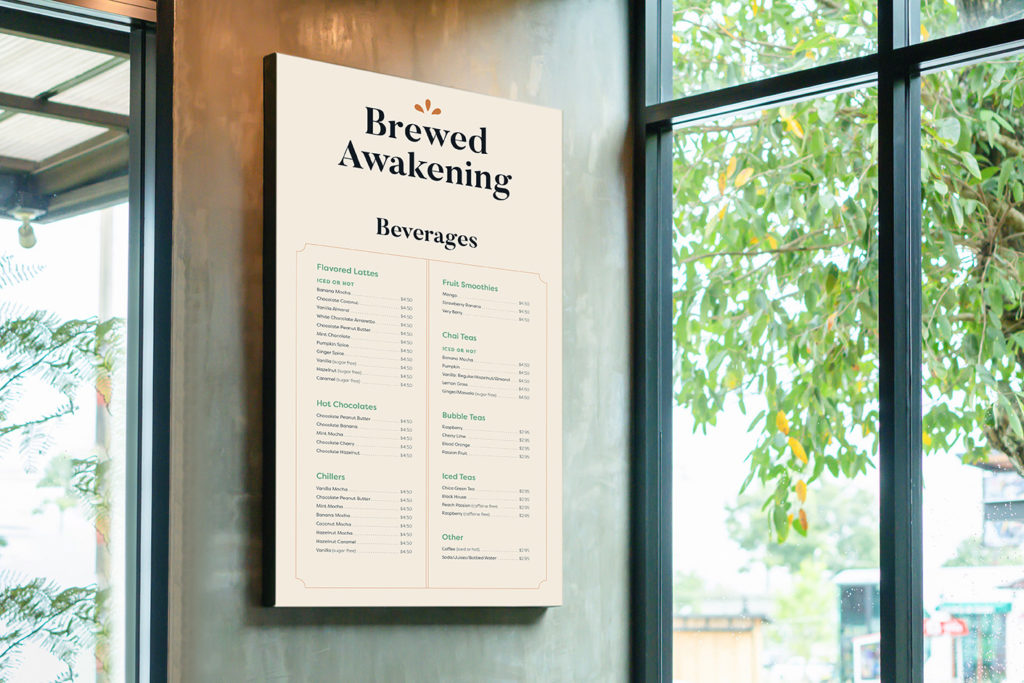
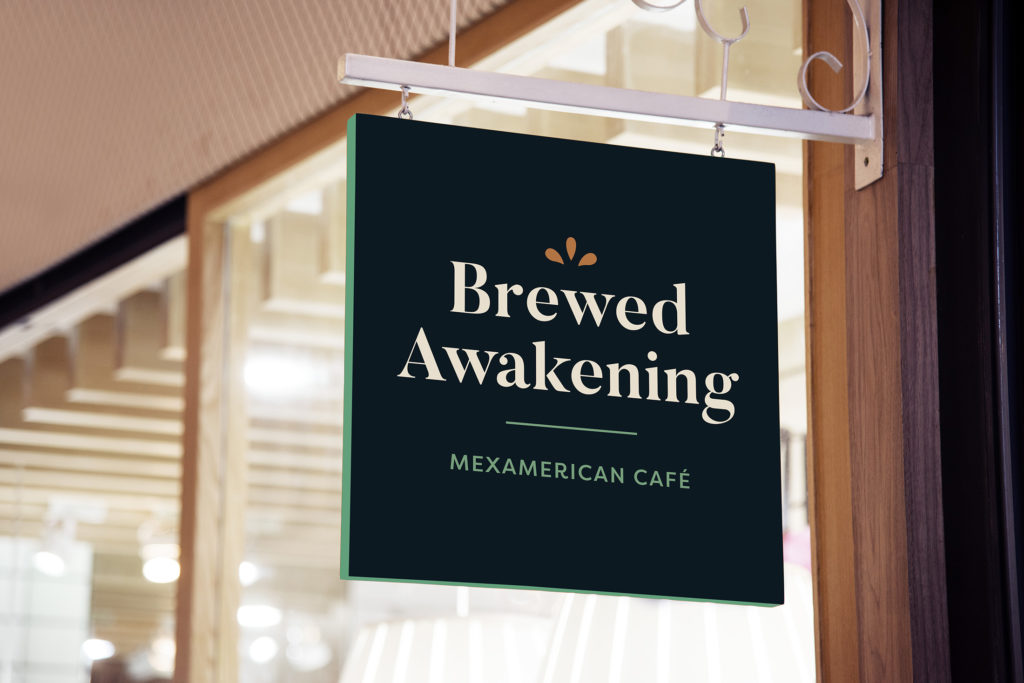
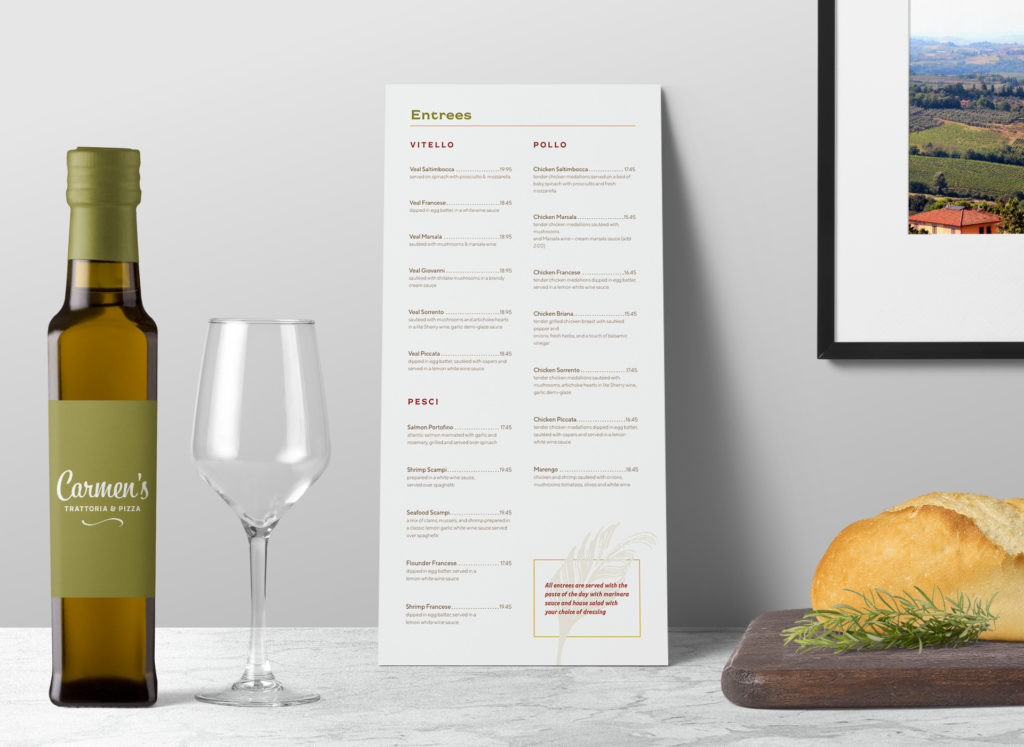
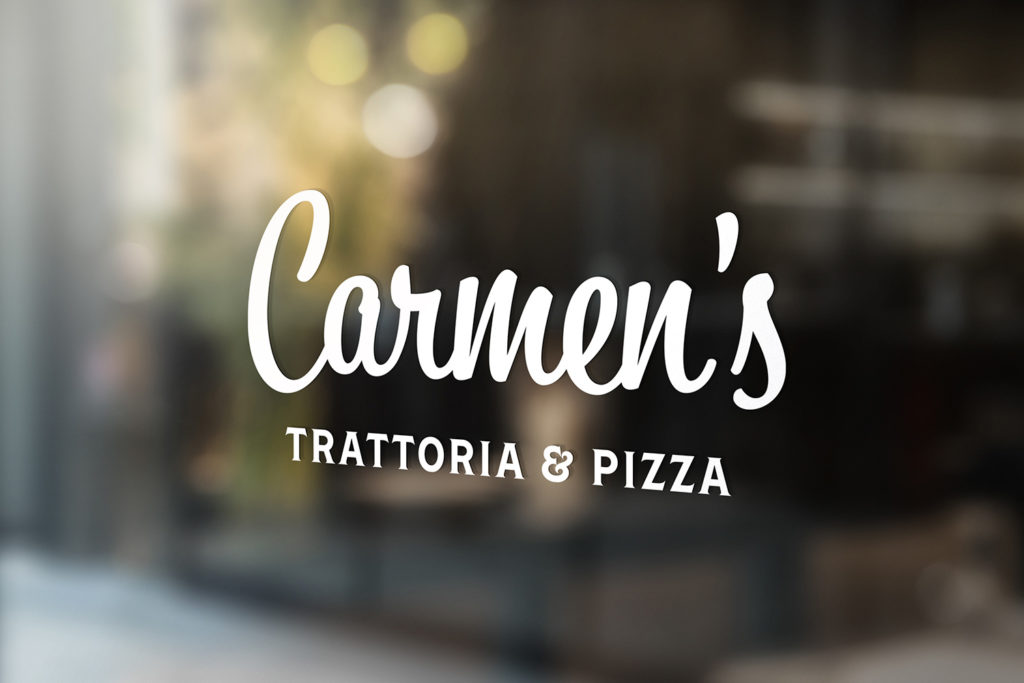
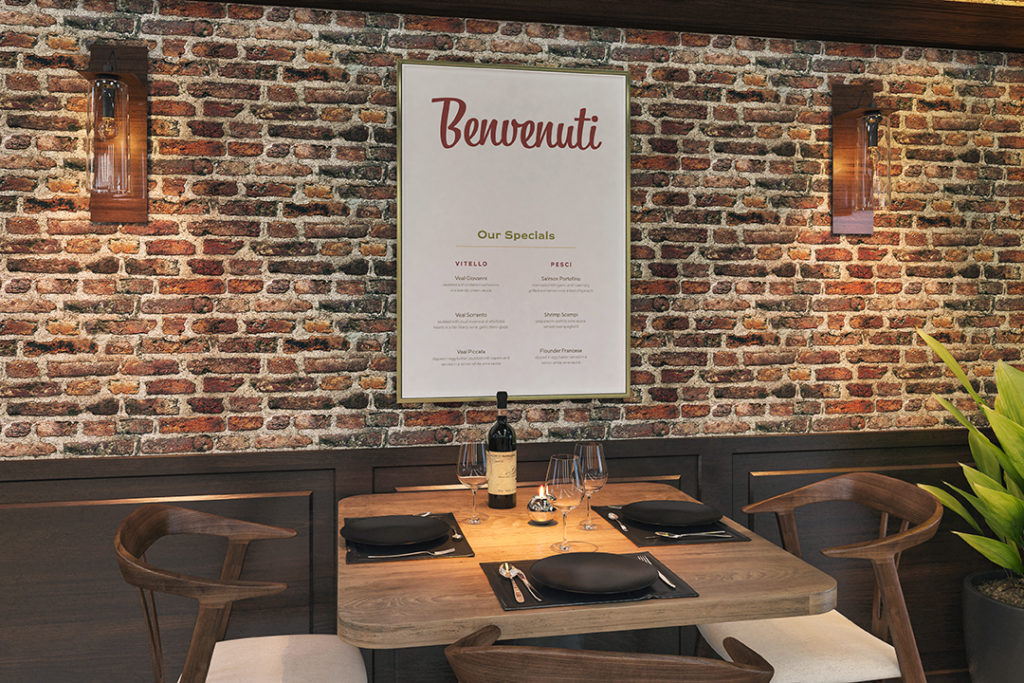
Package Design
Another way in which we encounter food design is through packaging. We can find these items anywhere: a grocery store, a takeout container, sometimes within a restaurant itself. It is a 3-dimensional extension of the brand that you can carry along with you. The goal of this packaging is to stand out amongst the competition while still fitting in with what one might expect from that product. You want your tea box to be distinct but you still want the user to know that it is tea.
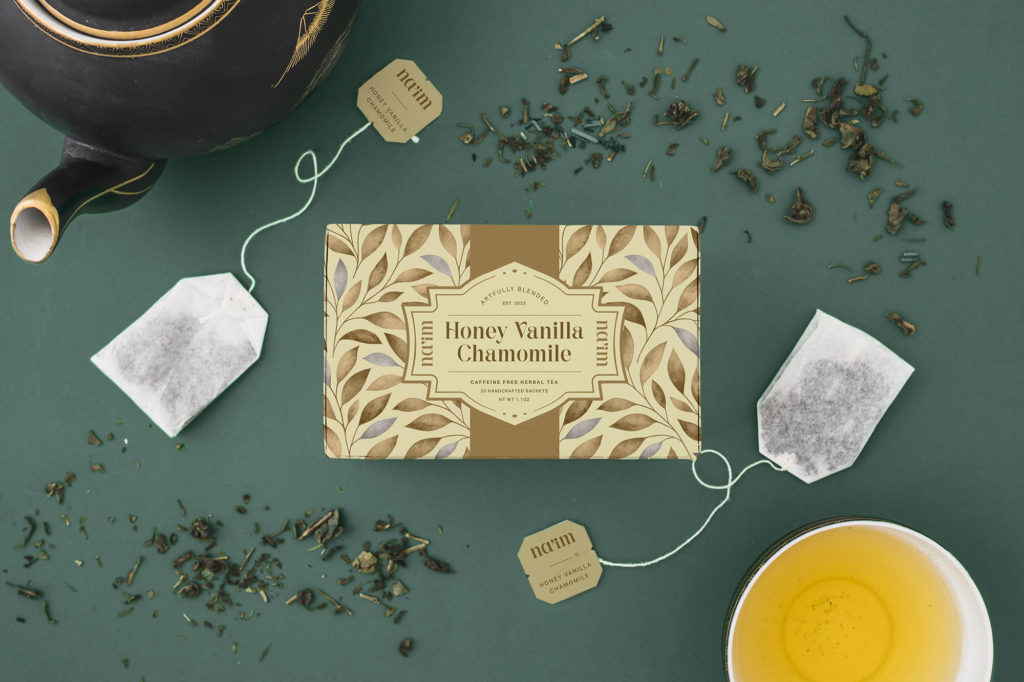
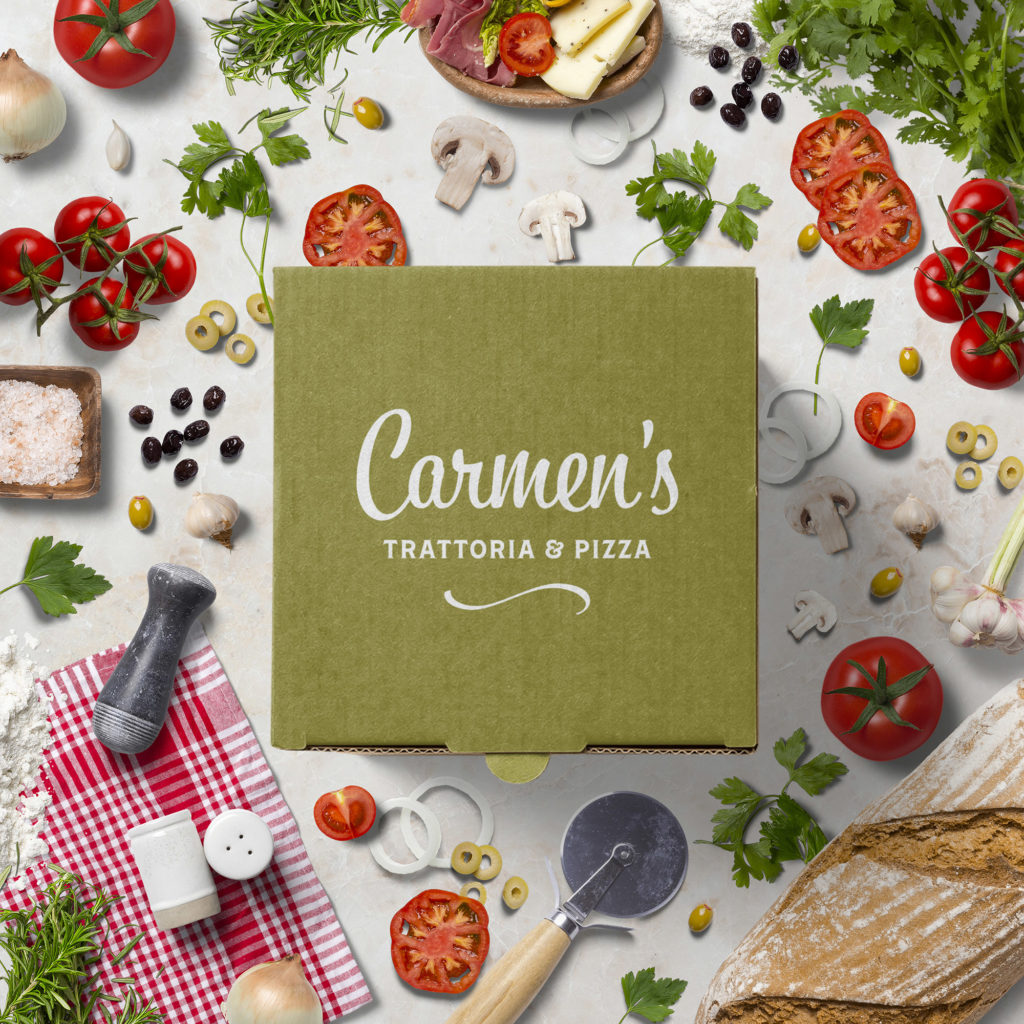
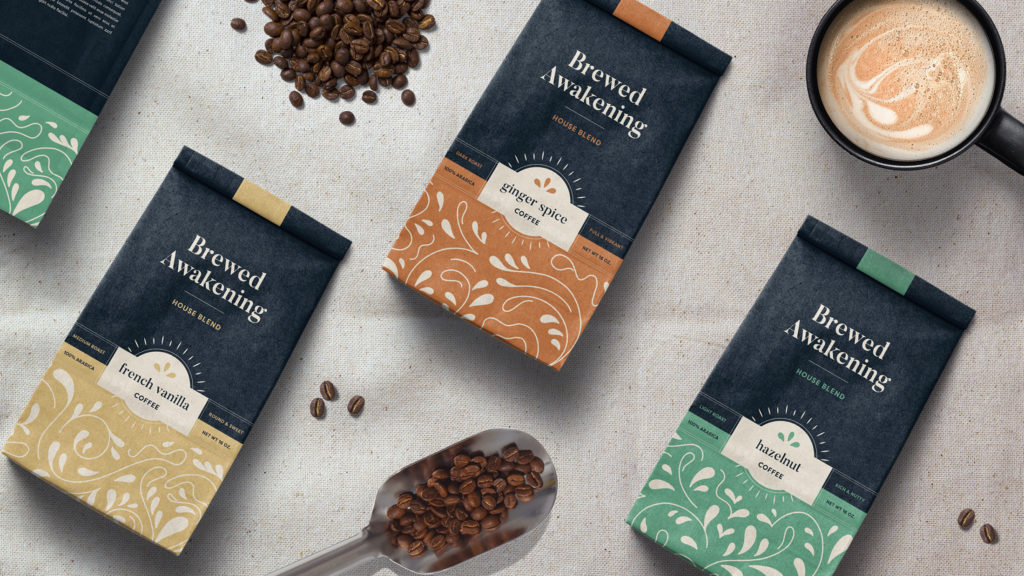
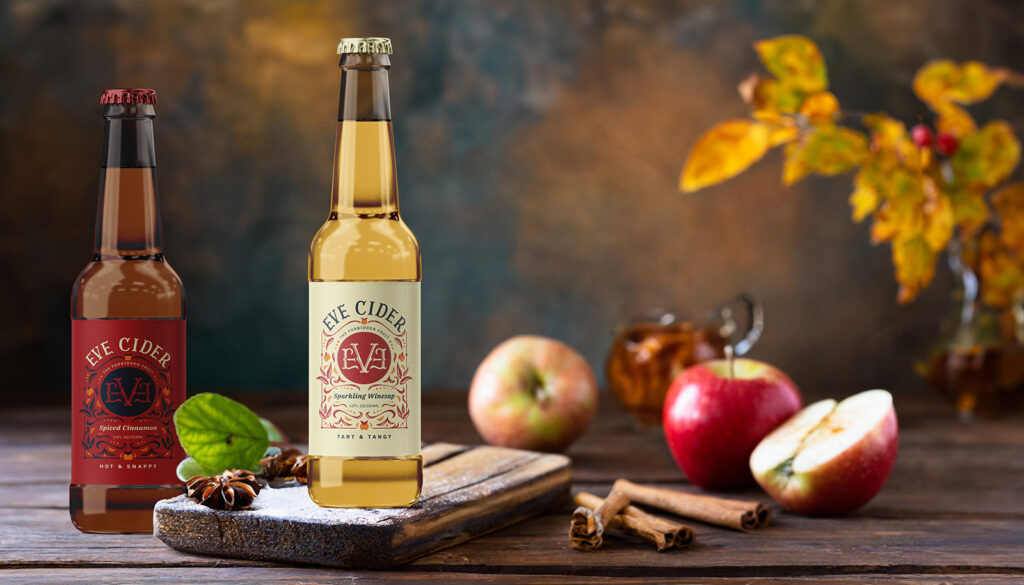
Cookbook
Another clever incorporation of mixing cuisine with design is through cookbooks. Food photography, recipe cards, and overall book layout all come together to create a cookbook. It must have clear organization and hierarchy so that a consumer can easily learn from it and interact with it. It must also be engaging. The whole point is to encourage the audience to follow along and learn. The photography must therefore be captivating and mouth-watering.

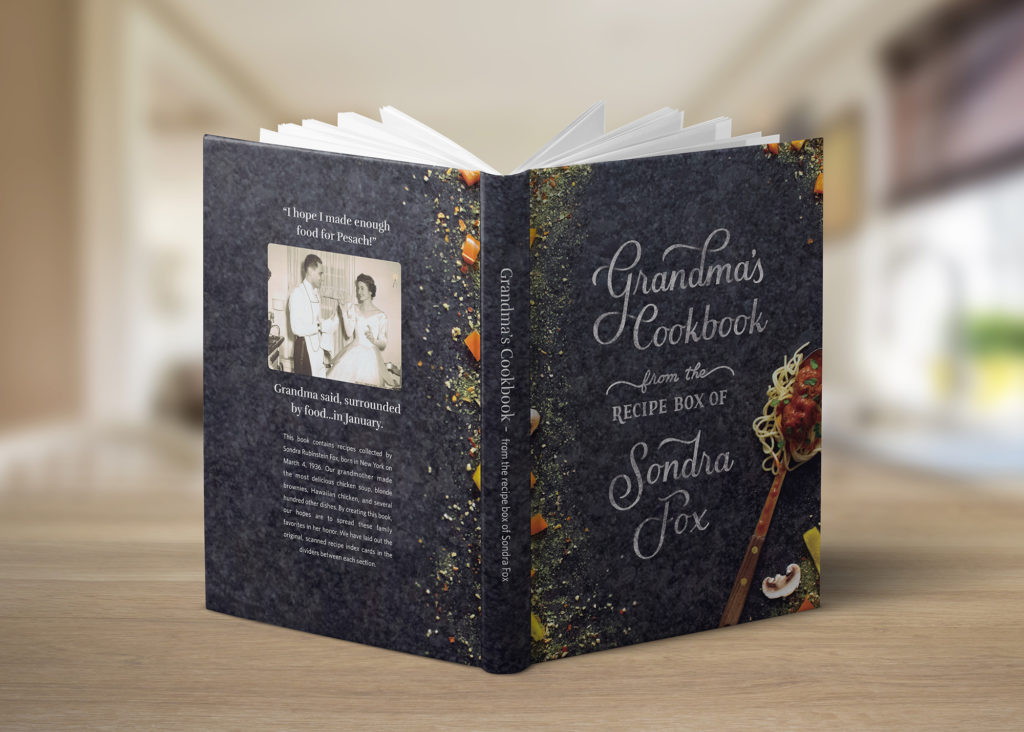
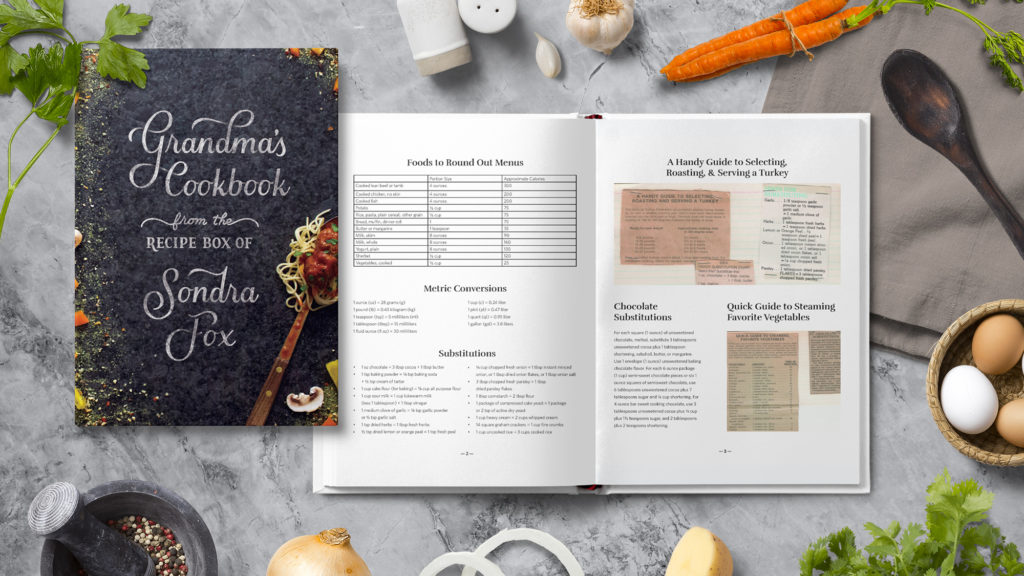
Nutrition
Culinary design can also take a form as a personal brand for a nutritionist/dietician. This can be manifested as: business cards, recipes, social media branding, logo design, and apparel. As with every identity, it must be unique, distinct, and flexible. The colors, pattern, and type must all come together to represent the industry as well as the individual.
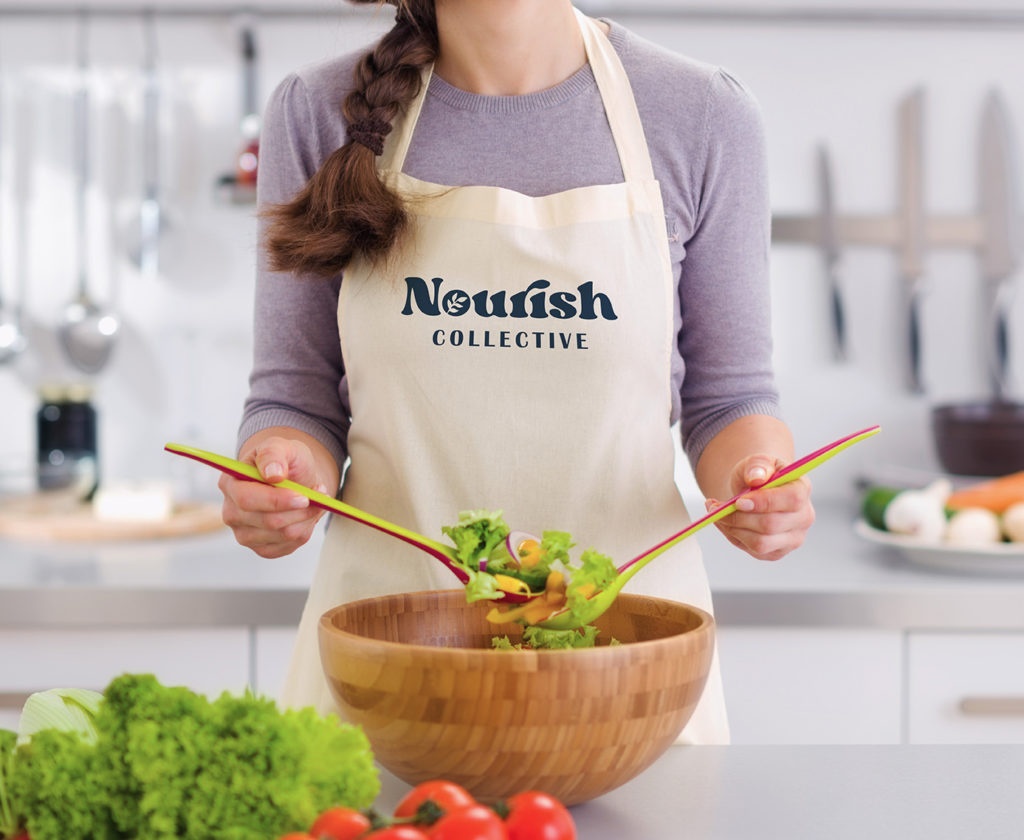
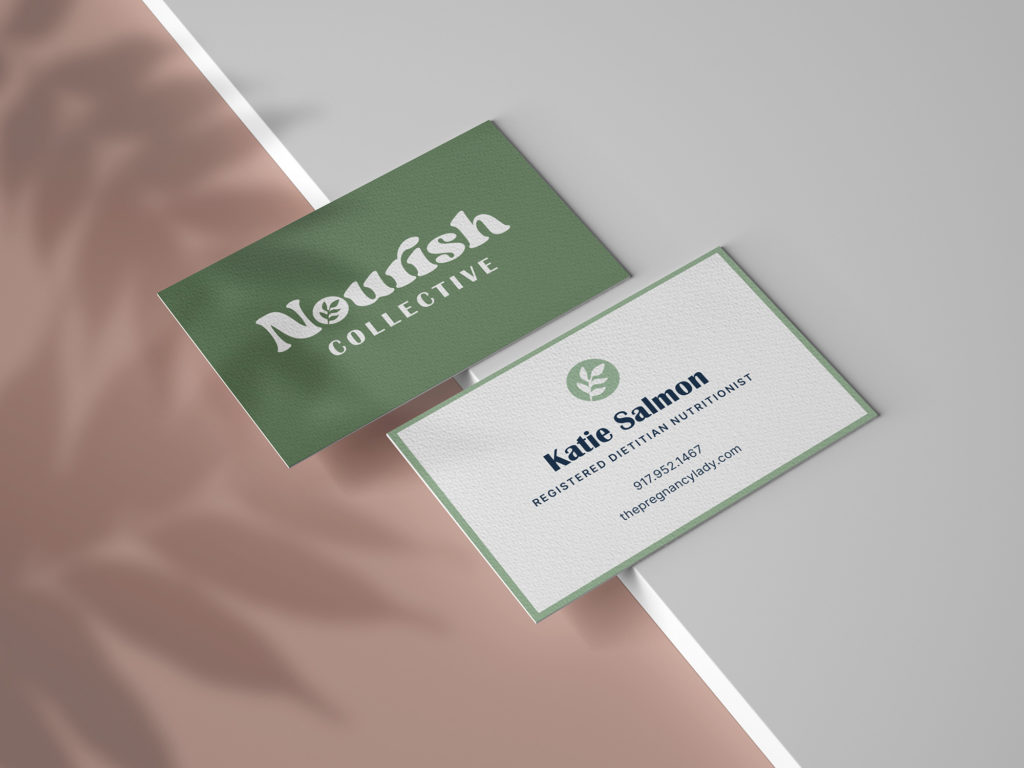


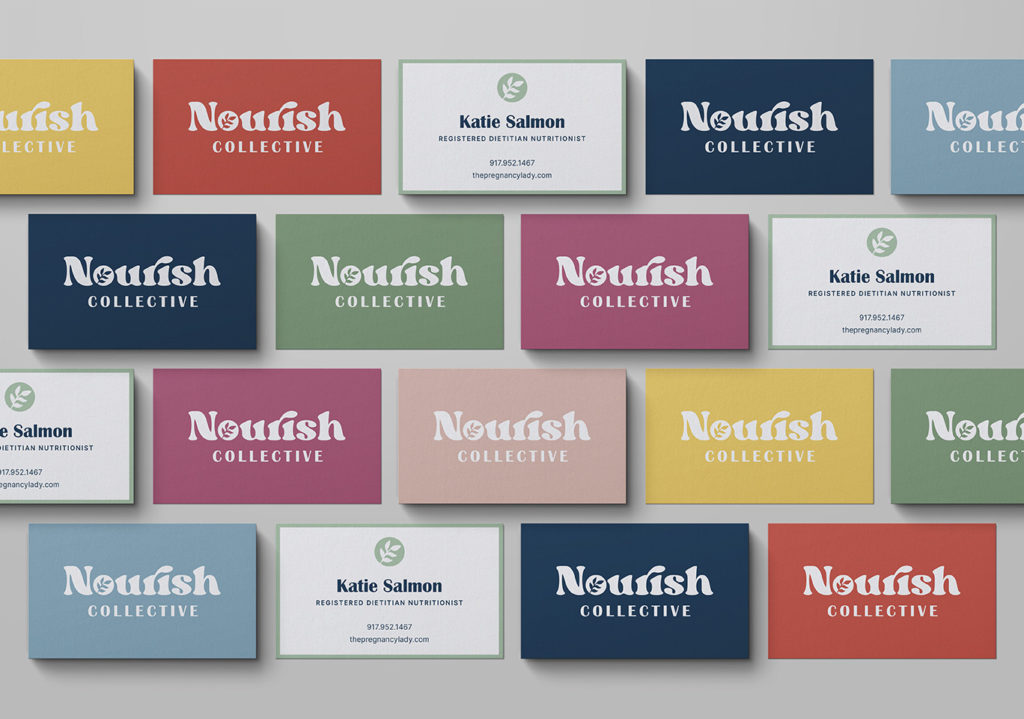

I am continuously inspired by anything and everything to do with food design. From spaces to packages to menus to cookbooks, there are countless opportunities to create delicious designs. With an endless number of tastes and smells, visuals must also play a part in experiencing cuisine.